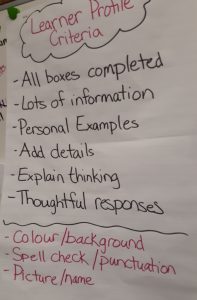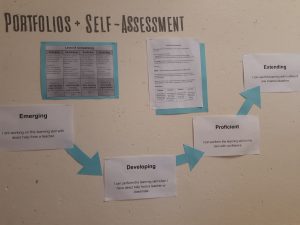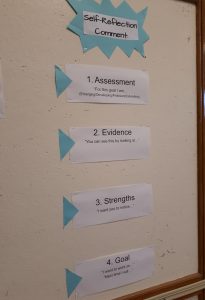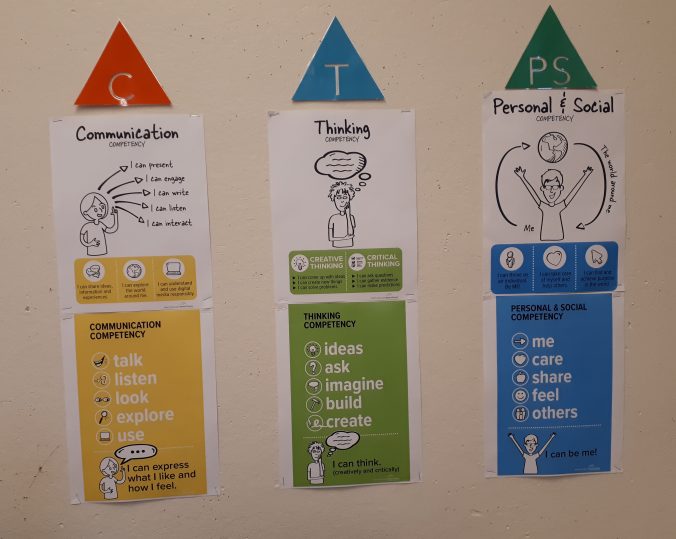It’s All About Choices
I first heard about strategies for individualized learning when I was a biology lab TA at Western Washington University, while pursuing my M.Sc. It was being applied to upper-level biology classes at the time, to mixed success. When I began teaching secondary field school at Bamfield Marine Sciences Centre’s field trip program, individualized outcomes were the norm: students were encouraged to show their learning in a variety of ways depending on the instructor, the group, the setting, and the material. Often, my fellow instructors and I allowed different students to use different modalities. The catch is, none of our activities were graded or held to a curricular standard.
Over the last couple of months, I’ve learned a ton of strategies for translating individualized evidence of learning into standardized grades, and using it to fulfill curricular requirements. PSII provided an excellent example with their ‘percent completion’ and four-point status scale (I think emerging-developing-proficient-enriching?) instead of letter grades, which only get translated to grades at the end of the year to satisfy BC requirements.
ePortfolios make learning visible AND transparent
Photo from App Store.
I recently had a field trip to Lansdowne Middle School, where we spoke to Vice-Principal Hilary Braid-Skolski and 6th-grade teacher Meaghan Abra about the school’s focus on individualized learning, and how they have expertly used ePortfolio platforms to weave individualized learning into curricular competencies, parent involvement, teacher feedback, student metacognition, and inquiry-based practice. It was the most concrete lesson I’ve had yet on how to actually DO inquiry-based and individualized learning inside the public school paradigm, and it really changed my thinking about how accessible this kind of system could be to me as a high school science educator. Both of our hosts were able to speak to the reality of converting ePortfolios into grades, and were blunt about the fact that inquiry-based practice needs to be scaffolded carefully at first.

One of the first assignments to go up on FreshGrade has very concrete instructions. As learners get more familiar, this scaffolding is slowly removed.
The software that Lansdowne uses (which our hosts hastened to say is not the best system, but is what they can work with right now) is FreshGrade. Ideally, I think Lansdowne would eventually like to develop their own system like PSII has, but for now FreshGrade is working alright for them. We were able to get a comprehensive run-down of the platform, including the back-end setup, to a point where I feel comfortable exploring it on my own. There are even helpful flowcharts and checklists on the walls of Meaghan Abra’s classroom that her students (and the pre-service teachers) can refer to when they submit work on FreshGrade!

Self-assessment criteria for students. Photo taken by me, with permission.

Reminders for students about what should be included in the metacognitive reflection that goes with their FreshGrade submissions. Photo taken by me, with permission.
This kind of concrete skill development is what I want more of from this program! The trip to Lansdowne helped me put a lot of loose puzzle-pieces of pedagogical techniques I’ve been learning and slot them satisfyingly into place, because it was based in learning a tool, instead of more abstract theory that we’re meant to apply on our own.
Look out FreshGrade, I’m coming for you!

Leave a Reply